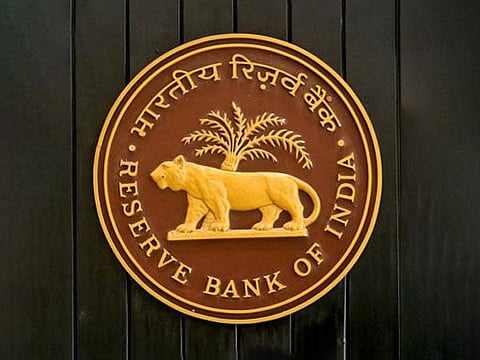
- News
- Campus
- Exam
- Podcast
- Web Stories
- Do You Know
- Path Finders - UG Programs
- Videos
- Élitscape

Why the Reserve Bank of India (RBI) is central to the country’s economy
As the custodian of currency, it issues, exchanges, and destroys currency notes, as well as puts coins in circulation
The Reserve Bank of India (RBI) is widely known as the lord of interest rates. But besides rate decisions, what’s less known is that the central bank wields unmatched influence on various aspects of finance and the economy in general. This, in turn, puts a premium on the Governor’s job, which has remained unparalleled since the RBI’s inception in 1935.
To date, the RBI has had 25 governors overseeing banking regulation and monetary policy, and on December 11, former revenue secretary Sanjay Malhotra took over as its 26th Governor.
While formulating, implementing and monitoring monetary policy or anchoring headline inflation to the 4% target gets the spotlight, the central bank undertakes some other crucial functions such as regulating and supervising financial entities. As a forex manager, it facilitates external trade and payments, besides sustaining confidence in the value of the rupee and preserving the purchasing power of the currency.
As the custodian of currency, it issues, exchanges, and destroys currency notes as well as puts coins in circulation. As the public debt manager, it issues and manages borrowings of the state and central governments. To avoid bank runs, central banks assume the role of lender of last resort, lending freely, against quality collateral and at a penal rate of interest.
Maintaining macroeconomic stability and financial stability is the holy grail of any central bank. Macroeconomic stability ensures stable prices and sustainable growth, while financial stability keeps the financial system (which includes banks, non-banking financial entities and others) resilient, avoiding financial crises.
To maintain macroeconomic stability, the RBI has several tools at its disposal, the chief of which is monetary policy. Price stability, which is nothing but anchoring the headline inflation rate to the 4% annual target, is the dominant objective of our monetary policy.
To achieve this, while ensuring adequate flow of credit to productive sectors, the RBI has several direct and indirect monetary instruments at its disposal. These include repo rate, reverse repo rate, marginal standing facility rate, bank rate, cash reserve ratio, open market operations, market stabilisation scheme and so on.
